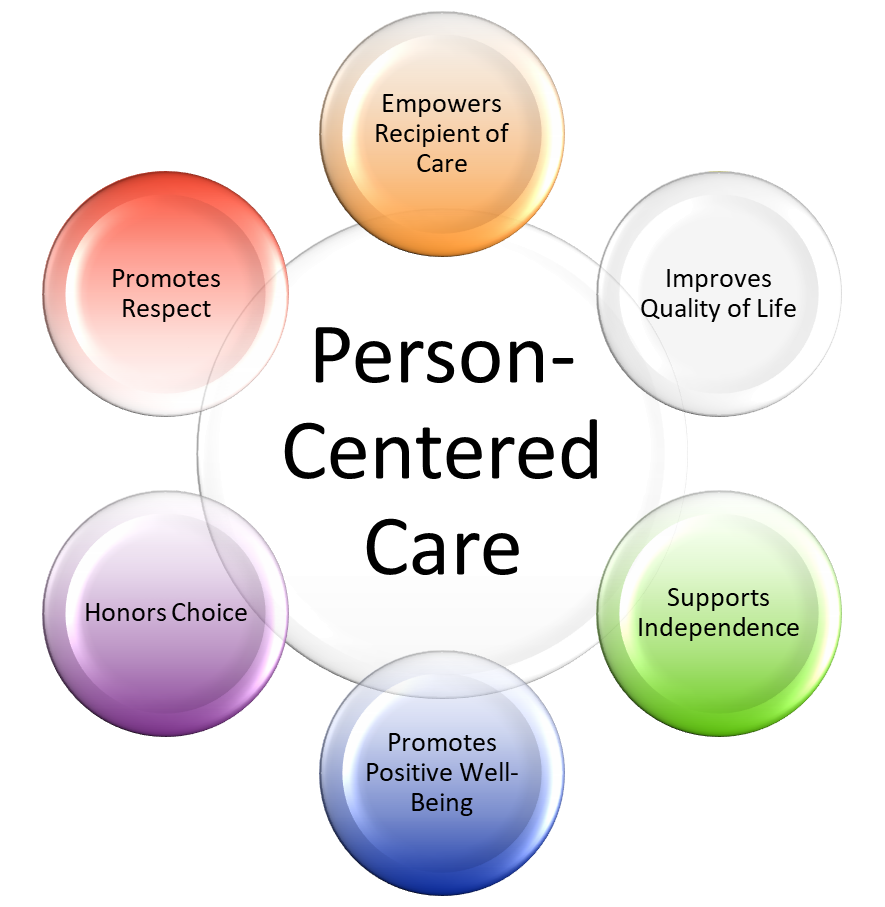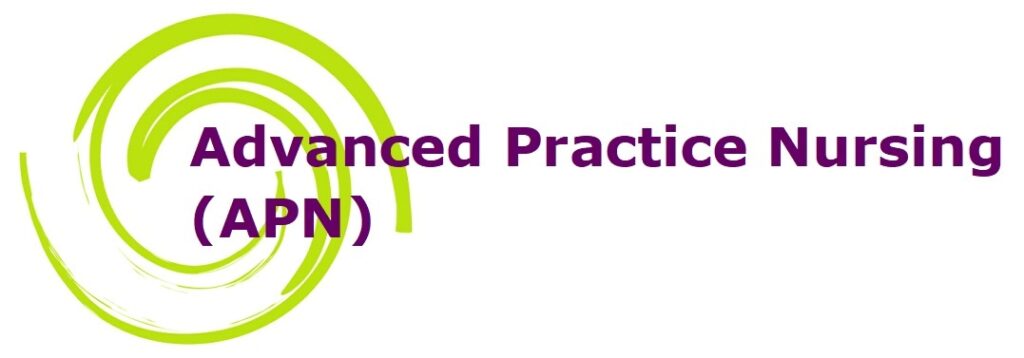Nursing Informatics in Modern Healthcare
Nursing Informatics in Modern Healthcare
Introduction
In today’s healthcare realm, technology is a key player in enhancing patient care and streamlining processes. Nursing informatics stands at the forefront, blending nursing science with computer and information sciences. This unique field empowers nurses with tools to boost patient outcomes. Nursing informatics is a vital component that supports nurses in their daily tasks, making healthcare more efficient and effective. By employing various technologies, nursing informatics plays a transformative role, helping healthcare providers make informed decisions, reducing errors, and improving patient engagement.
What is Nursing Informatics?
Nursing informatics merges nursing science with information technology to enhance patient care through efficient data management. It involves collecting, analyzing, and disseminating healthcare data, fostering informed decision-making for nursing professionals and other stakeholders. In a rapidly advancing technological era, nursing informatics plays a pivotal role in the healthcare landscape.
This interdisciplinary field streamlines clinical workflows, reduces errors, and improves patient outcomes by integrating technology into nursing practice. By facilitating quick access to comprehensive patient information, nursing informatics ensures efficient and personalized care. The utilization of information and communication technologies has become integral to modern nursing, driving improvements in care coordination and patient safety.
Nursing informatics encompasses the collection, analysis, and dissemination of healthcare data, facilitating informed decision-making for both nursing professionals and other healthcare stakeholders.

Technologies in Nursing
Technologies in nursing have transformed the healthcare landscape, revolutionizing how nursing professionals deliver patient care. These innovative tools play a crucial role in improving clinical workflows, reducing errors, and enhancing overall patient outcomes.
At the forefront of technological integration is the Electronic Health Record (EHR), a digital repository that consolidates and organizes patient health information. EHRs facilitate seamless communication among healthcare professionals by providing a comprehensive view of a patient’s medical history. This transition from traditional paper records to digital platforms marks a significant leap forward in healthcare management.
Clinical Decision Support Systems (CDSS) amplify the impact of technology in nursing. By analyzing patient data, CDSS offers evidence-based recommendations to guide healthcare providers in making informed decisions. This virtual assistant enhances the accuracy and efficiency of clinical care, providing valuable support to nursing professionals navigating complex patient information.
Computerized Physician Order Entry (CPOE) is a pivotal technology that enables healthcare providers to electronically prescribe medications and order tests. Beyond reducing the risk of medication errors, CPOE fosters enhanced communication among healthcare team members. This collaborative approach contributes to safer patient care and more efficient healthcare delivery.
Patient portals represent a transformative technology empowering patients to actively engage in their healthcare. These secure online platforms grant individuals access to their personal health records, facilitate appointment scheduling, and provide educational resources. Patient portals promote transparency and communication, strengthening the patient-provider relationship and fostering a sense of empowerment.
The implementation of these technologies in nursing is not just about embracing digital tools; it is a strategic move towards more patient-centered and efficient care. Electronic Health Records, Clinical Decision Support Systems, Computerized Physician Order Entry, and Patient Portals collectively contribute to a comprehensive approach that addresses the multifaceted needs of modern healthcare.
Electronic Health Records serve as the foundation by offering a centralized location for healthcare data, enabling efficient information exchange among professionals involved in patient care. This streamlined access ensures that nursing professionals can make well-informed decisions based on the patient’s complete medical history, ultimately improving the quality and safety of care delivery.
Clinical Decision Support Systems act as intelligent companions, assisting nursing professionals in navigating the vast sea of patient data. By providing evidence-based recommendations, CDSS enhances the decision-making process, minimizing errors and optimizing patient outcomes. This technology is a valuable ally, empowering nurses with the insights needed to provide precise and personalized care.
Computerized Physician Order Entry adds another layer of efficiency to nursing practice. By digitizing the process of prescribing medications and ordering tests, CPOE reduces the potential for errors associated with manual entry. Simultaneously, it promotes effective communication among healthcare team members, creating a collaborative environment that enhances patient safety.
Patient portals represent the bridge between patients and their healthcare journey. Empowering individuals with access to their health information, appointment scheduling, and educational materials, patient portals foster active participation in care. This transparency strengthens the relationship between healthcare providers and patients, creating a partnership that is essential for achieving positive health outcomes.
The integration of technologies in nursing represents a transformative shift toward a more efficient, patient-centered, and collaborative healthcare system. Electronic Health Records, Clinical Decision Support Systems, Computerized Physician Order Entry, and Patient Portals work in harmony to streamline workflows, reduce errors, and empower both nursing professionals and patients in the pursuit of better health outcomes. As technology continues to advance, its role in nursing will remain crucial for driving positive changes in the way healthcare is delivered and experienced. 
Role of Nursing Informatics
The role of nursing informatics is pivotal in revolutionizing healthcare delivery through the integration of technology into nursing practice. This dynamic field bridges the gap between nursing science and information technology, facilitating the efficient management of healthcare data for improved patient care.
Nursing informatics serves as a catalyst for streamlining clinical workflows, reducing errors, and enhancing patient outcomes. By leveraging information and communication technologies, nursing professionals gain access to a comprehensive pool of patient data, enabling informed decision-making. This integration not only improves the accuracy and efficiency of nursing practice but also fosters collaboration among healthcare team members. (Nursing Informatics in Modern Healthcare )
At the heart of nursing informatics lies the Electronic Health Record (EHR), a digital repository consolidating patient health information. EHRs enable seamless communication among healthcare professionals, offering a holistic view of a patient’s medical history. The benefits extend to improved care coordination, reduced duplication of tests, and heightened patient safety. Transitioning from traditional paper records to EHRs marks a significant advancement in healthcare delivery.
Clinical Decision Support Systems (CDSS) further amplify the role of nursing informatics by providing evidence-based recommendations to healthcare providers. Analyzing patient data, CDSS assists in making informed decisions, enhancing the accuracy and efficiency of clinical care. This technology acts as a virtual assistant, supporting nurses in navigating the complex landscape of patient information.
Computerized Physician Order Entry (CPOE) is another cornerstone of nursing informatics. This technology enables healthcare providers to electronically prescribe medications and order tests, reducing the risk of medication errors. Beyond error prevention, CPOE enhances communication between healthcare team members, fostering a collaborative approach to patient care.
Patient portals represent a transformative aspect of nursing informatics, empowering individuals to actively engage in their healthcare journey. These secure online platforms provide patients with access to personal health records, appointment scheduling, and educational resources. Patient portals not only promote transparency but also facilitate communication between healthcare providers and patients, strengthening the patient-provider relationship.
The overarching role of nursing informatics is to enhance the efficiency and effectiveness of nursing practice, contributing to improved patient outcomes. As the healthcare landscape continues to evolve, the integration of technology becomes increasingly crucial. Nursing informatics ensures that healthcare professionals are equipped with the tools and resources needed to deliver patient-centered care in a rapidly advancing digital era.
The role of nursing informatics extends beyond the incorporation of technology; it is a transformative force driving positive changes in healthcare delivery. By embracing information and communication technologies, nursing professionals can navigate the complexities of patient care with precision, ultimately improving the overall quality of healthcare services. As we move forward, the continued development and integration of nursing informatics will play a central role in shaping the future of nursing practice and patient outcomes.

Conclusion
Nursing informatics is the pillar of modern healthcare landscape. As technology continues to evolve, nursing professionals must adeptly integrate Electronic Health Records (EHRs), Clinical Decision Support Systems (CDSS), Computerized Physician Order Entry (CPOE), and patient portals into their practice. These technologies enhance efficiency, reduce errors, and empower both healthcare providers and patients.
The Electronic Health Record serves as a cornerstone, promoting seamless communication and comprehensive patient care. Clinical Decision Support Systems act as invaluable companions, guiding nursing professionals with evidence-based recommendations. Computerized Physician Order Entry streamlines medication processes and fosters collaborative teamwork. Patient portals empower individuals, fostering active engagement in their healthcare journey.
Embracing these technologies represents not just a digital shift but a paradigmatic transformation towards patient-centered, efficient care. The continued development and integration of nursing informatics will undoubtedly shape the future of healthcare delivery, ensuring that the marriage of nursing science and information technology continues to elevate the standards of patient care. (Nursing Informatics in Modern Healthcare )
References
American Nurses Association. (2015). Nursing informatics: Scope and standards of practice (2nd ed.). Silver Spring, MD: Nursesbooks.org. https://www.nursingworld.org/~4ae212/globalassets/docs/ana/ethics/nursing-informatics-scope-and-standards-of-practice.pdf
HealthIT.gov. (2021). What is an electronic health record (EHR)? https://www.healthit.gov/faq/what-electronic-health-record-ehr



























